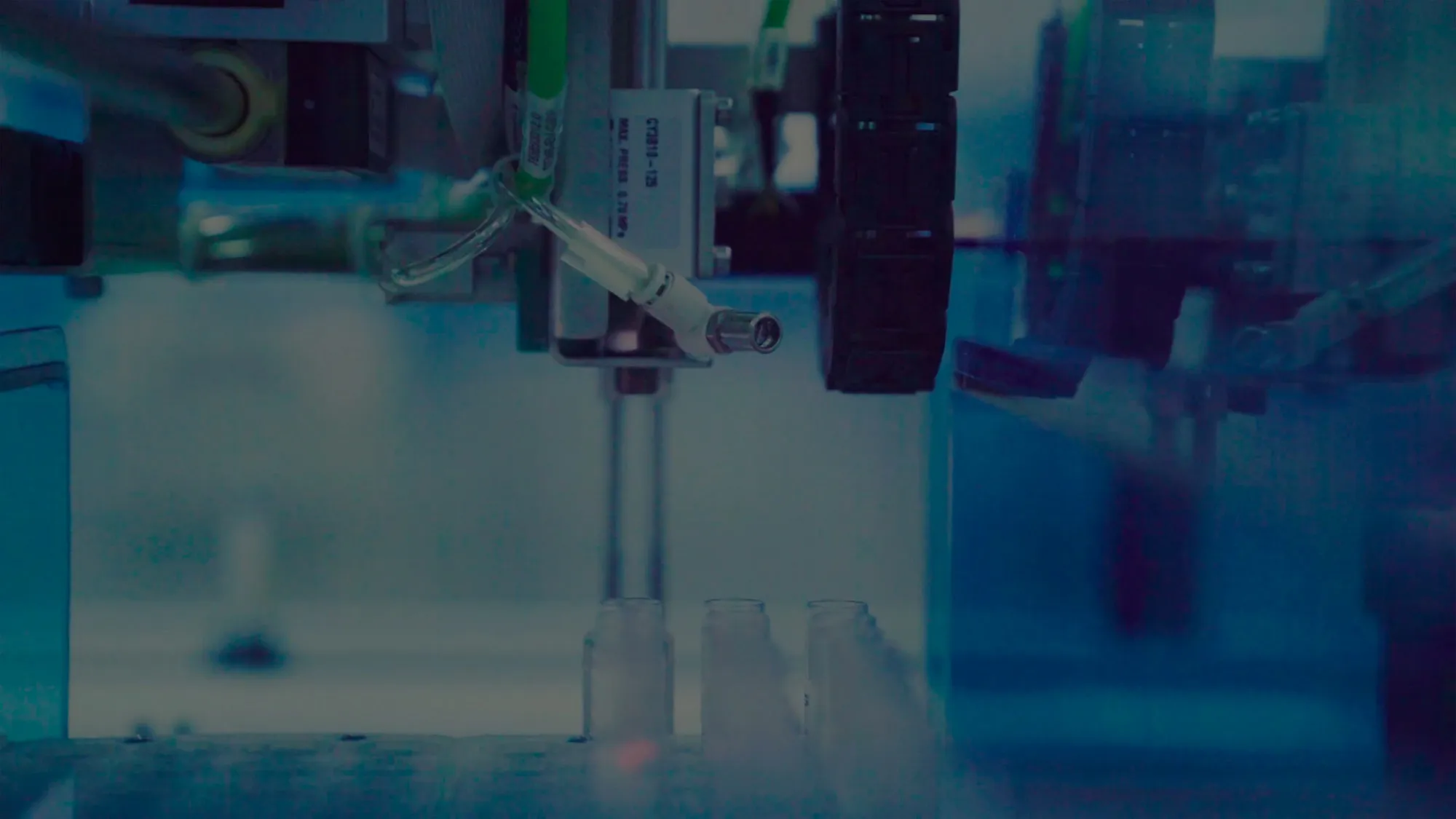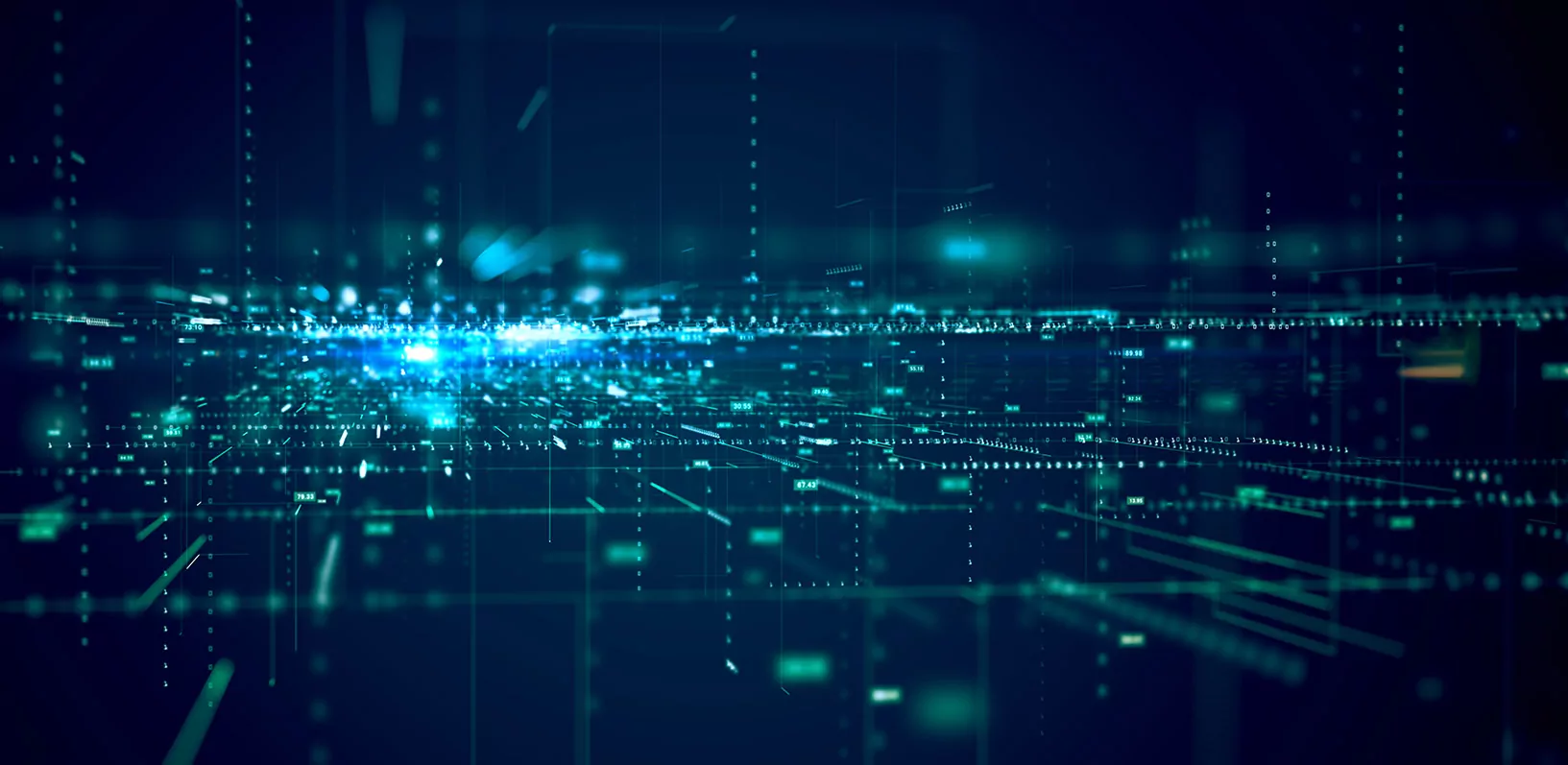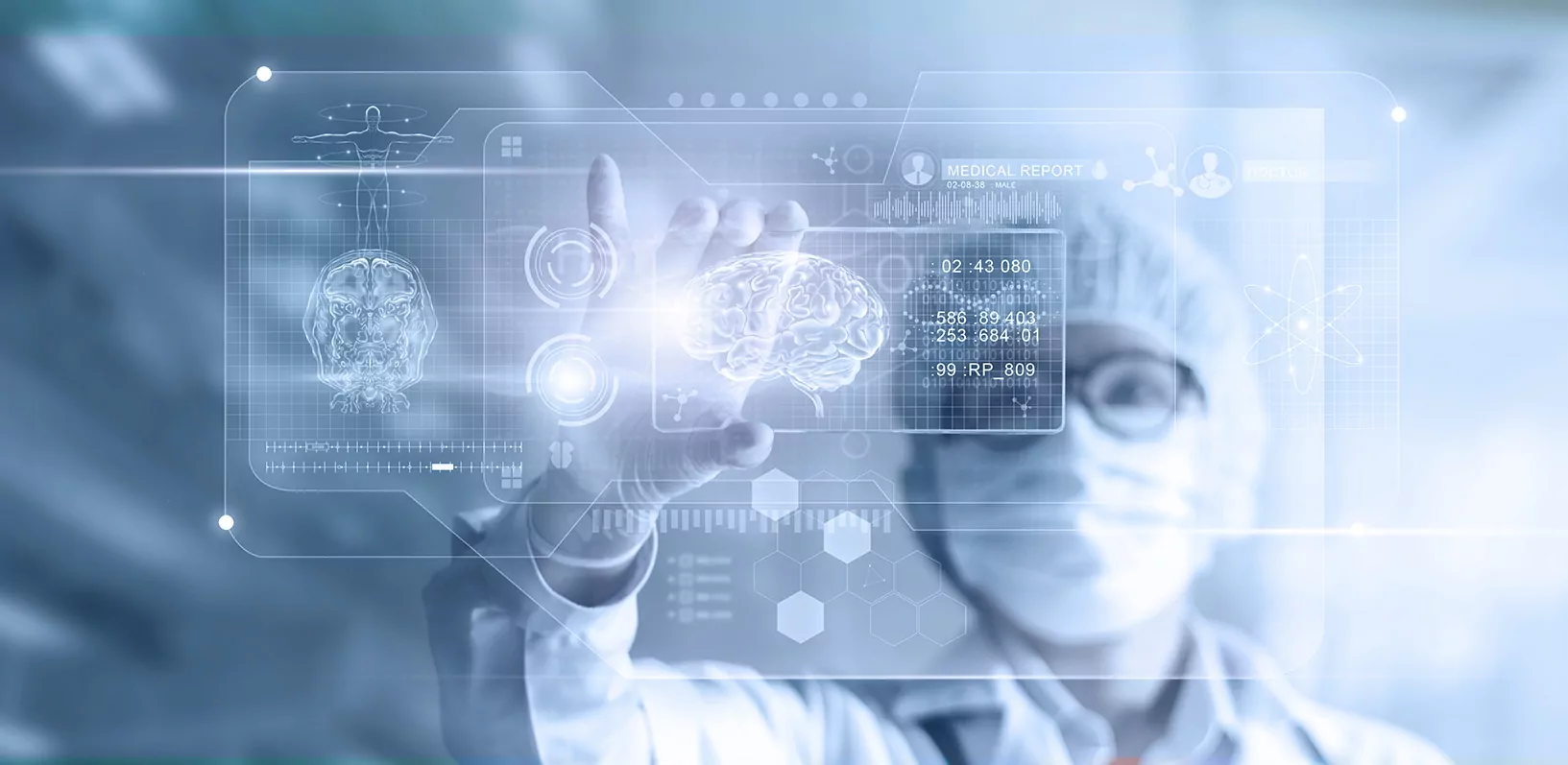Artificial Intelligence has become a buzzword indeed, not only in a business setting but also in public debate. It is used at every turn, often in the context of Industry 4.0… but how it can work in real-life scenarios – almost no one knows.
Artificial Intelligence plays a leading role in streamlining industrial processes and increasing their efficiency. Since in NeuroSYS we develop systems based on AI for a variety of purposes and industries – just have a look at our two platforms nsFlow and Samelane – I believe we can chip in on the topic, explaining the basic areas of AI algorithms usage and showing you our implementations.
The article you’re reading explores the lecture I’ve given during Global Entrepreneurship Week, November 2021.
Artificial Intelligence in everyday life
Every day we come across AI, even not knowing about it. A typical example is a speech-to-text application or Google Translate. The latter, since neural network model introduction, has excelled in translation quality. Google search engine is yet another example. It used to scan websites and provide us with a list of those, where the searched term appeared. For over a year though, it has been working differently – it tries to answer questions directly, behaving in a human manner. We can still see search results, as we used to, but often the top result is a straightforward reply. This breakthrough has been possible thanks to NLP analysis – searched phrase interpretation and context analysis.
The essence of AI
The prime objective of Artificial Intelligence algorithms is to to solve specific problems that until now only humans could and improve processes. In manufacturing, it applies to these central areas:
- process automation
- work safety
- quality control
- maintenance
Most importantly, the algorithms can learn in time and address issues from a variety of business spheres. They don’t have to be sophisticated and visually pleasing – they simply have to work.
The difference between Artificial Intelligence (AI), Machine Learning (ML), and Deep Learning (DL)
As you can see in the chart below, there it’s no use to compare these three terms, since
Machine Learning and Deep Learning are subareas of Artificial Intelligence. Let’s have a quick look at all three of them:
- Artificial Intelligence (AI) – algorithms simulate – even if partially – intelligent/human behaviour
- Machine Learning (ML) – statistical methods and algorithms that allow computers to learn automatically from data collected; machines ‘create’ algorithms themselves by uncovering patterns in real-life data – we don’t have to provide them with information on how to solve problems. They do it by gathering and classifying data.
- Deep Learning (DL) – a subgroup of Machine Learning; these ML algorithms are based on deep neural networks. We don’t even define the rules, they’re created by self-learning, based on data gathered.
General uses of Machine Learning
Computer Vision (CV)
Computer Vision has been present in the manufacturing industry for years. In this form, it used to be based on classic vision algorithms and systems – cameras and laser scanners. For example, to verify whether a component is correct, we’d take a pic and then compare its measures, contrast, pixel colour, colour saturation, size – to the prototype. It’s still a popular method in quality control, when a lot of identical parts are produced and the margin of error is really narrow.
However, the same algorithms don’t cope well with production on a small scale and where the margin of error is wider. Let’s take as an example quality control in fruit sorting lines. There is no one prototype of an ideal apple – they differ in shapes, sizes, colour – but still are suitable for sale. In such cases, neural networks can be much more efficient in classifying apples by learning what a good apple means rather than just comparing images of apples to a pattern.
Natural Language Processing (NLP)
NLP aims for effective human-computer communication. To achieve that, machines have to be able to understand what we say – and ultimately mean. NLP algorithms are used in speech-to-text programs, written text analysis, or search engines. In manufacturing, they can be used to arrange information and documentation, and make it easier to search for particular details or figures. Maintenance engineers spend on average 33% of their time looking for information that they need for work, thus NLP can save them a lot of time.
Predictive analysis
Machine Learning can be used to build predictive models based on historical data to make better managerial decisions. With predictive analysis, you can plan purchases, stocking, production, and keep inventory as low as possible without a downtime risk.
Signal processing
You can use neural networks to create solutions for noise reduction, for example for remote communication of technicians in a production hall. The main problem in such conditions is that there are various noise profiles and thus background sound can be reduced in real time only thanks to noise reduction algorithms.
Recommender systems
We encounter recommender systems most often in our daily lives – doing online shopping, listening to music, or watching movies. Machine learning algorithms, based on our previous behaviour and user profiles, try to anticipate our choices and suggest us products, songs, and movie titles we will most probably like. The mechanism may be applied to the manufacturing industry as well, as a part of Industry 4.0 introduction, for example, recommending workers training they might need or documentation they should get accustomed to.
Other AI applications in the industry
Just a few more examples of how you can employ AI to optimize your industrial processes:
- automate process control using reinforcement learning (e.g. control of heating boilers in electrical power and heating plants)
- plan production and manage inventory using predictive models
- new possibilities of robotization, e.g. pick & place solutions in packaging centres
- better access to information with the NLP use
Examples of AI in production process optimization
Most of our use cases you’ll find in the case study section but let me focus on the exemplary ones.
1. Microbiological test automation in the pharmaceutical industry
Problem
In drug production, there are tens of thousands of microbiological samples monthly for each cleanroom. Clean rooms have to be constantly controlled not to contaminate the medicines. Each sample can contain one out of a thousand strains of bacteria – or none (be sterile). Laboratory technicians are needed to determine the result and count colonies. The process performed manually is time-consuming and costly. Hence there are thousands of bacteria types known to humans – and they differ in colour, shape, and colony size – and they can grow next to each other on Petri dishes, the classical algorithms couldn’t have been applied here.
Solution
We’ve introduced full automation of the incubation process, using a robotic machine with a microbiological incubator. We used a vision system that uses R-CNN neural networks for bacterial detection and automatic colony counting. Unlike a technician, it works 24/7, being effective and precise. The solution reduced the time (from 12-24 to 6-8 hours) and cost of sample analysis considerably, not to mention lowering the risk of human error.
More on the project you’ll find in a dedicated case study.
2. Employee training standardization and automation in the automotive industry
Problem
Practical training in the automotive industry requires 1:1 meetings between instructors and learners. Thus, the cost is high and there aren’t many workers that can undergo training at the same time. Moreover, learners’ results depend solely on instructors – they aren’t assessed objectively. There’s also no way to analyse the most common mistakes people make to introduce changes.
Solution
To be able to train more people at the same time, we’ve replaced 1:1 forklift training with an AI-supervised system with AR glasses. The task sequences are displayed in front of learners’ eyes and it is the system that verifies if they were carried out correctly or should be repeated. It is able to do it thanks to cameras mounted both on the forklift and in the production hall, analyzing the position of the vehicle and trainee in real-time.
3. Personal protective measures control in the manufacturing industry
Problem
Working in a production hall often requires special protective measures, such as safety glasses, hard hats, vests, or masks. Sometimes more than one is required. The problem is, employees often forget to wear them, but punishing them for the fact is demotivating and thus counterproductive.
Solution
Instead of punishing employees, we’ve built an AI system to automatically verify whether they wear face masks or not. A camera mounted at the entrance to the production hall detects people without masks and a kind reminder to put them on is displayed. It also says thank you to those who wear it already. The objective is to encourage workers to wear masks and develop this habit. The system can collect statistical data, such as the number of employees not wearing masks and what time of the day is the most sensitive one. It can work in a similar way with hard hats or protective glasses.
If I managed to pique your interest in the topic and you’d like to know more – I recommend our blog section devoted to AI and Machine Learning. As far as ready-to-go industrial solutions are concerned, go directly to our nsFlow platform.






